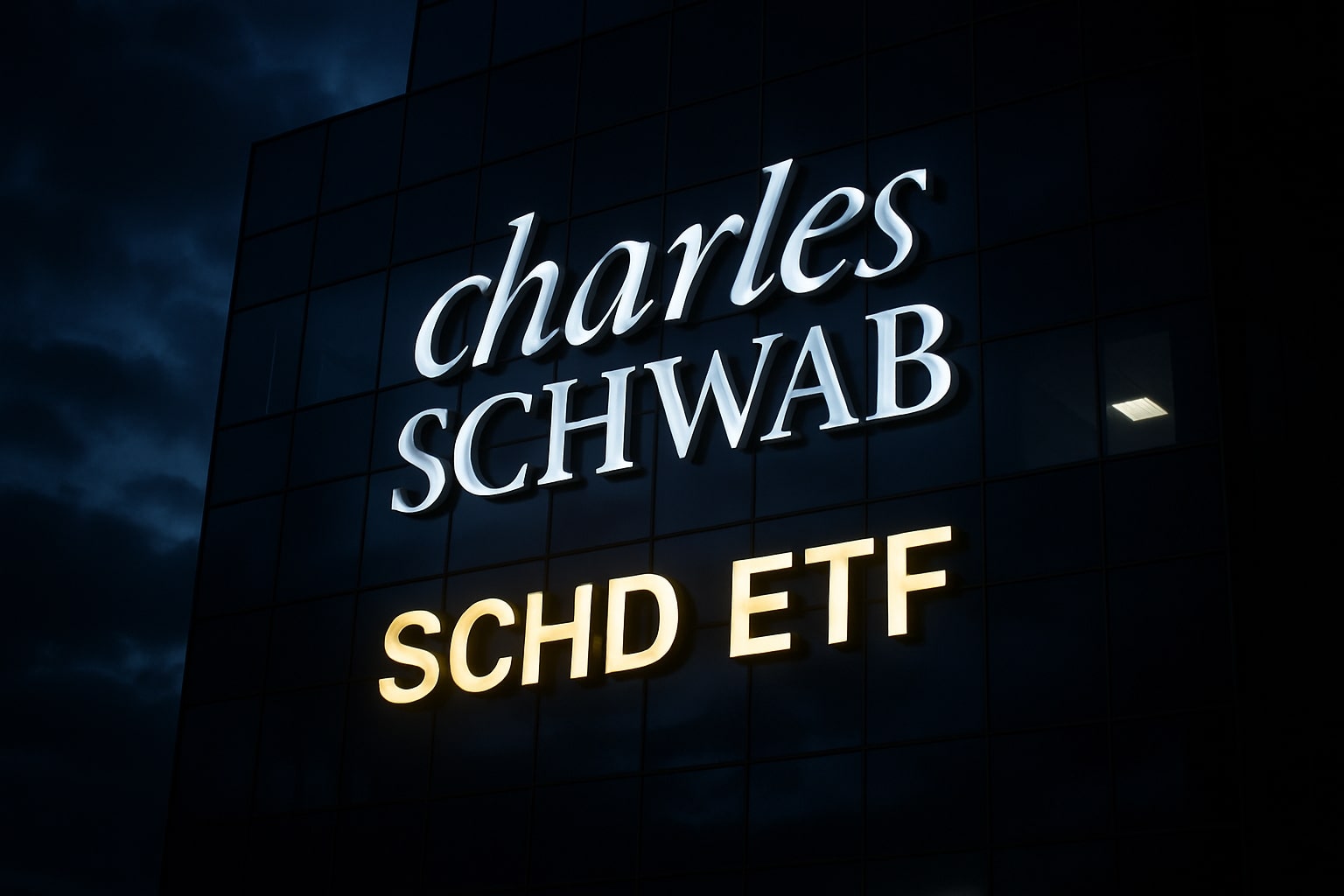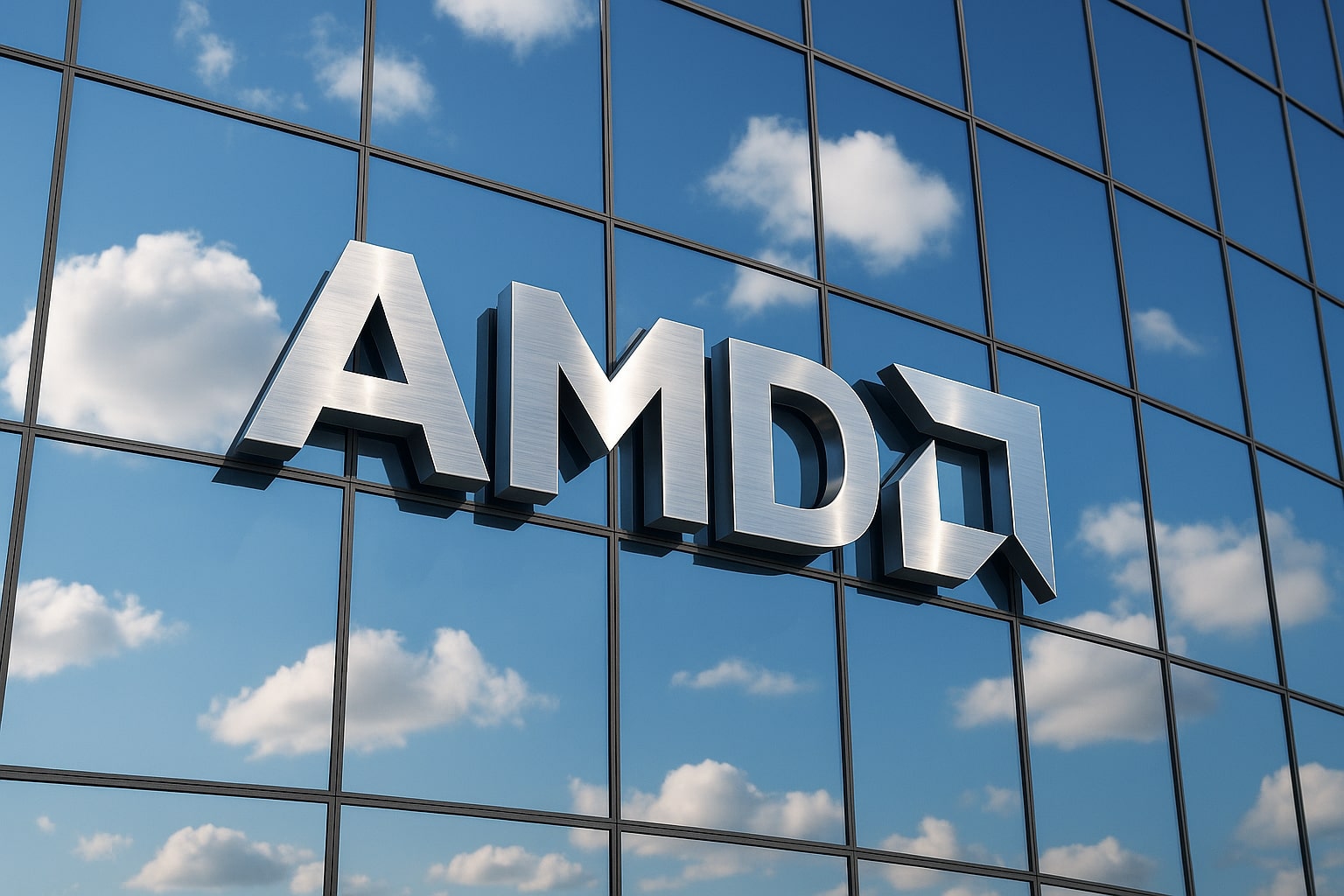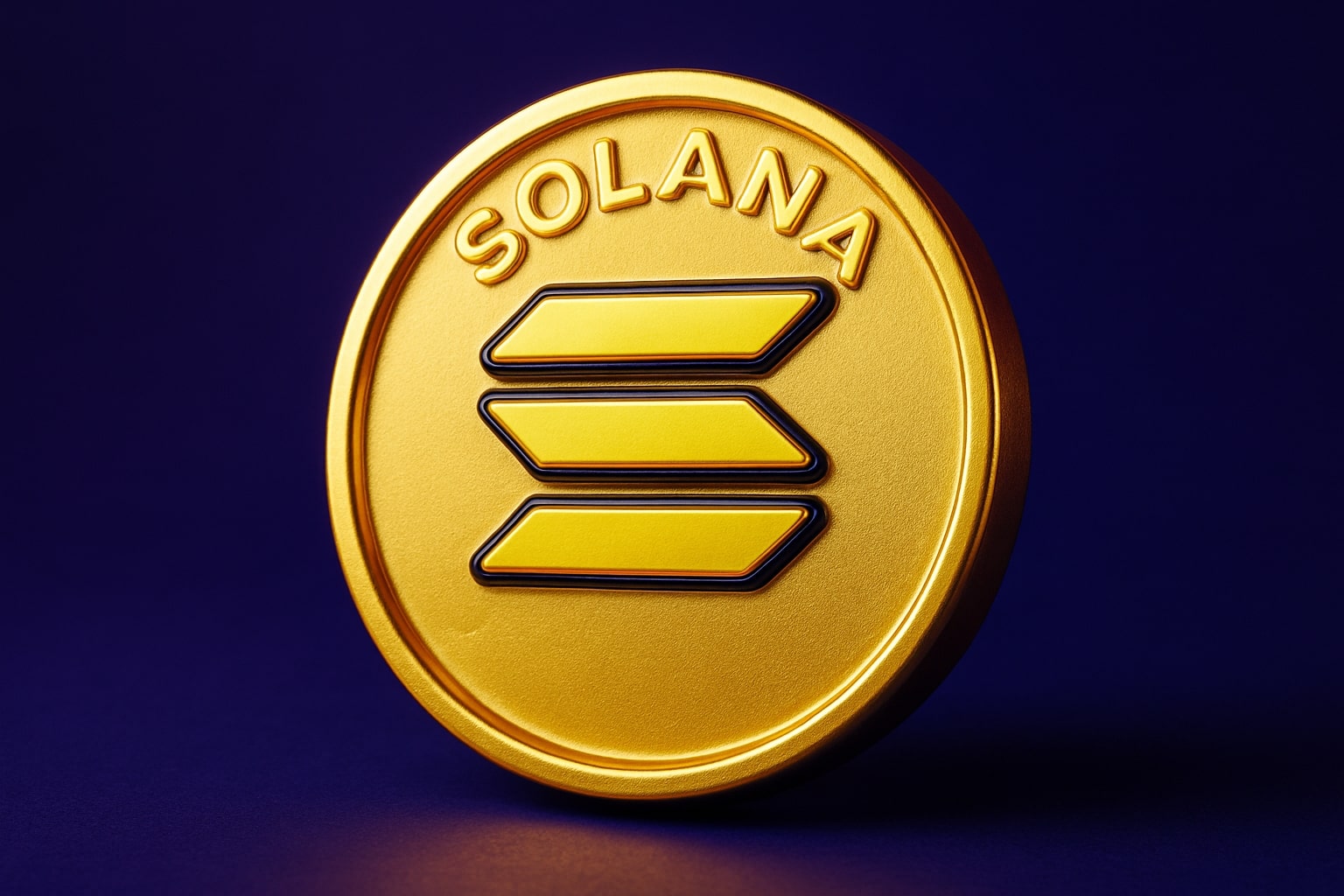The S&P 500’s 10% Slide Ignites Talk of a Fed Pivot and a Tech-Led Comeback
A slump in the S&P 500 that has pushed the index into correction territory reflects growing anxiety over tariff hikes from the Trump administration. The promise of 25% duties on Mexican and Canadian imports and the extension of 10% levies on Chinese goods—soon to rise to 20%—has roiled supply chains, squeezed corporate margins, and sent inflation expectations higher. Yet beneath the surface, headline CPI in February surprised to the downside at just 0.2% month‑over‑month, while the Producer Price Index printed 0.0%. Payrolls growth decelerated to 151,000 in February from 323,000 in December, weakening the labor backdrop. Such data reinforce the case for a Federal Reserve rate cut in May, a move that historically has reversed sell‑offs: during the 2018–2019 U.S.‑China trade dispute, the Fed’s three quarter‑point cuts propelled the S&P 500 from a 19% trough to a 28% rally. With CME futures pricing only a 33% chance of a May cut, markets may be underestimating the Fed’s willingness to preempt economic fallout.
BATS:MAGS ETF at a 20% Discount to All‑Time Highs
The Roundhill Magnificent Seven ETF, ticker BATS:MAGS, trades around $44, roughly 20% below its peak above $55 in December 2024 (view the real‑time chart). At $1.76 billion in assets under management and a 0.29% expense ratio, the equal‑weight portfolio offers pure exposure to what Roundhill defines as the “Mag 7,” each boasting operating margins north of 25% and multibillion‑dollar free cash flows. The ETF’s prospectus reveals the use of total return swaps and U.S. Treasuries to satisfy diversification rules—positions over 5% cannot exceed 50% of assets—resulting in a more complex structure than a simple basket. Yet that complexity has granted investors a margin of safety: during the April sell‑off, MAGS never breached $40, defending the August 2024 bottom even as small‑cap benchmarks tumbled 15%.
Robust Profit Estimates Contrast with Plunging Share Prices
Despite a pullback in share prices of as much as 38% from their 52‑week highs—NVIDIA (NVDA) at $475, Apple (AAPL) at $180, Tesla (TSLA) at $460—analyst consensus on core profits remains surprisingly resilient. NVIDIA’s FY 2026 EBIT forecasts have inched up to $131 billion, Microsoft (MSFT) projects $124 billion for FY 2025, Amazon’s (AMZN) FY 2025 EBIT stands at $81 billion, and Alphabet’s (GOOGL) FY 2024 profit outlook holds at $126 billion. These stable to rising estimates signal that institutional desks still trust underlying fundamentals, even as headline P/E ratios compress: MAGS sits at 33.1x forward earnings, below SMH’s 48.7x and roughly in line with QQQ’s 32.8x.
Sector‑Specific Headwinds and Offsetting Growth Drivers
Tariff pressures fall unevenly across the Mag 7 roster. Apple, which derives 17.1% of FY 2024 revenues from China, has absorbed rising costs by air‑freighting as many as 1.5 million iPhones from India, while Tesla halted new Model S and X orders in China amid intensifying competition. Tesla’s Q1 deliveries of 336,680 vehicles marked a 32% quarter‑over‑quarter decline. In contrast, Meta’s ad business powered $160.6 billion of FY 2024 revenue, up 21.7%, and Google Search—89.7% market share—drove $198 billion in revenue. Microsoft’s commercial cloud grew 21% to $40.9 billion, and Amazon Web Services contributed 58% of operating income on 18.5% revenue growth. Those software, advertising, cloud, and subscription segments face no new tariffs, insulating half the Mag 7 lineup from hardware‑driven headwinds.
Insider Moves Offer Contrasting Signals on Company Confidence
In the weeks following the market dip, insiders at Alphabet have quietly added to their positions: director-level filings show $15 million of stock purchased in mid‑April, suggesting confidence in Google Cloud’s roadmap. By contrast, NVIDIA’s CFO divested approximately $130 million of shares on April 14, a classic rotation of profits after a 500% run‑up. Such insider flows underscore the divergent risk‑reward profiles within MAGS and the importance of stock‑specific due diligence even in an equal‑weight ETF.
Valuation Relative to Peers and Historical Norms
At a forward price‑to‑earnings multiple of 33.1x, BATS:MAGS sits below the VanEck Semiconductor ETF’s 48.7x yet above the SPDR S&P 500 ETF’s 25.2x. Its current valuation compresses well below the 52x peak witnessed in December and tracks closer to the five‑year median of many broad‑market tech peers. On a price‑to‑sales basis, MAGS’s 6.8x multiple also compares favorably to the Invesco QQQ Trust’s 8.1x, offering a modest margin of safety if revenue forecasts for the Magnificent Seven hold. The ETF’s trailing 12‑month distribution yield of 0.18% is negligible for income seekers but remains secondary to its growth mandate. Historical data show that when MAGS has traded in the 30–35x forward P/E band, subsequent 12‑month returns have averaged over 20%, underscoring the potential for outsized gains should rate cuts and buybacks drive re‑rating.
Liquidity and AUM Dynamics
With $1.76 billion in assets under management and average daily volume above 200,000 shares, BATS:MAGS offers sufficient liquidity for both institutional block trades and tactical allocations. Year‑to‑date inflows totaling $120 million reflect renewed interest at current levels, while quarter‑end reporting indicates that 45% of MAGS’s AUM originates from defined‑contribution plans and insurance wrappers, a stable base that could dampen volatility during bouts of retail selling. An examination of ticker‑level bid‑ask spreads shows sub‑0.05% slippage, further enhancing its attractiveness for size‑conscious traders.
Scenario Analysis: Fed Pivot and Trade‑War Resolution
Should the Federal Reserve deliver a 25‑basis‑point cut in May, implied probability at 33% is likely to climb rapidly, igniting a rotation back into growth equities. In that circumstance, the Mag Seven’s average free cash flow yield of 6.2% and 12‑month revenue growth forecast of 14% would support a 10–15% rally in MAGS as multiples expand toward 38x. Conversely, if tariffs intensify—say, a 145% levy on additional Chinese goods—GPU‑centric names like NVIDIA (13.1% weight) and Apple (15.7% weight) could underperform by up to 20%, dragging the ETF down toward $38. On balance, the asymmetric profile favors upside given the combination of a soft CPI, weakening labor market indicators, and a Fed whose historical reflex has been to ease amid policy‑induced headwinds.
Correlation, Diversification, and Risk Metrics
MAGS maintains a 0.92 correlation to QQQ and 0.85 to the S&P 500, offering heftier upside capture in bull markets while capping drawdowns via its equal‑weight methodology. Its two‑year annualized volatility of 21.4% slightly outpaces the Nasdaq’s 19.7% yet falls short of small‑cap benchmarks at 27%, positioning it as a concentrated yet partly diversified play. The ETF’s Sortino ratio of 1.9 over 24 months ranks in the top quartile of sector‑focused funds, and its maximum drawdown of –19.3% remains half that of the Russell 2000’s peak decline. Together, these statistics make a compelling case for MAGS as a core satellite holding rather than a high‑beta punt.
Distribution of Holdings and Insider Flows
Beyond Alphabet’s $15 million mid‑April purchases and NVIDIA’s $130 million sell‑down, Meta Platforms (10.2% weight) insiders have been net buyers of $22 million in the past quarter, confident in continuing ad‑revenue growth, while Microsoft executives trimmed $45 million in late March—perhaps anticipating near‑term volatility in enterprise licensing. Tesla’s board has remained flat, leaving its 8.6% position unaffected. These mixed insider signals reinforce the necessity of viewing BATS:MAGS not as a monolith but as a bundle of seven idiosyncratic stories.
Given the deep dive into macro catalysts, sector fundamentals, valuation spreads, liquidity conditions, scenario outcomes, correlation benefits, risk metrics, and insider behaviors, the evidence strongly favors a repeat of history: high‑quality tech leadership outperforms once policy uncertainty abates. At its current $44 level, with support anchored at $40 and a clear path back to $55 should Fed easing materialize, BATS:MAGS earns a bullish allocation as a buy.
Technicals Point to Support at $44 and Resistance Near $50
On a two‑year chart, BATS:MAGS has rebounded sharply from the $40 pivot, now trading above its 50‑day moving average at $43.20. The Money Flow Index has climbed off oversold territory, and Williams %R momentum turned positive last week. First resistance emerges at $46.50, followed by the 100‑day moving average near $49. A breach above $50 would signal a potential shift back toward all-time highs, while failure to hold $44 could retest the late‑2024 bottom.
Having woven together macroeconomic indicators, profit forecasts, sector dynamics, insider transactions, and technical signals, the case for BATS:MAGS crystallizes: at a 20% valuation discount to peak levels and boasting exposure to the highest‑quality tech franchises, this ETF represents a compelling opportunity for upside once rate‑cut expectations crystallize and tariff anxieties abate. Given the data, the recommendation is to position BATS:MAGS as a buy.



















